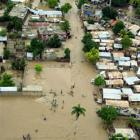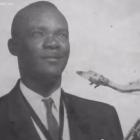ADVERTISEMENT
History
Scene from The Battle of Vertieres
Here is a picture of a scene from The Battle of Vertieres that actually gave Haiti its independence. The Battle of Vertières was the last major battle of the Haitian War for Independence. This constituted the final part of the Haitian Revolution. This Battle of Vertieres near Cap-Haitian is considered to be the decisive battle
Jean-Jacques Dessalines born in Grande-Rivière-du-Nord
Jean-Jacques Dessalines, the Father of Haitian independence was born in Grande-Rivière-du-Nord
Grande-Rivière-du-Nord is the place where Haiti's slave rebellion began, and it was the site of Grade Rivière du Nord Battle.
During U.S. Occupation between 1915-1934, a rebellion was led by resistance fighter Charlemagne Peralte.
The town contains many attributes. It possesses virgin forestland, produces clean mountain-spring drinking water, and participates in agricultural production.
But its infrastructure is not completely developed with bad roads, and absence of an airport. Projects for the town's urbanization are currently in the works.
Bois Caiman Preparation for Slave Revolt
Bois Caïman holds significance as the place where plantation slaves prepared to revolt against their owners.
A Voodoo holy man presided over a ceremony, in which a black pig was slaughtered and its blood drunk to infuse rebels with mystical powers.
Within days of the ceremony in the forest of Saint-Domingue, rebels torched plantations on the Northern Plains. They burned, plundered, and slaughtered hundreds.
The Voodoo ceremony at Bois Caïman has been recognized as the inception of the Haitian Slave Revolt.
Dutty Boukman (Boukman Dutty), Ceremony of Bois Caiman
Dutty Boukman (Boukman Dutty), a self-educated Haitian slave born in Jamaica
He was one of the most visible early leaders of the Haitian Revolution who conducted the "Bois Caïman" religious ceremony in which a freedom covenant was affirmed, a catalyst to the slave uprising that marked the beginning of the Haïtian Revolution.
Boukman was killed by the French in November, just a few months after the beginning of the uprising. The French then publicly displayed Boukman's head in an attempt to dispel the aura of invincibility that Boukman had cultivated.
Haitian Slave Revolution
Of nearly 500,000 slaves in St. Domingue, 400,000 were field slaves and their lives were miserable. They were made to work from dawn to dusk and were under-fed. They were not given proper medical attention and their owners found it easier to buy new slaves to replace the old and the sick and never bothered about treating and retaining the old ones.
Le Code Noir 1742 - Chapter reg Slave and justice
Le Code Noir 1742 before the Haitian Revolution
On the eve of French Revolution, there were nearly 500,000 slaves in St. Domingue. St. Domingue's slave system was very cruel. It is being said that the recalcitrant slaves in rest of the Americas were kept in control by threatening them to be sold to St. Domingue. However, there was still a distinct division among the slaves in St. Domingue. Nearly 100,000 were domestic slaves involved in cooking and art and severed as personal servants. They were generally well treated compared to other field slaves. These domestic slaves were the last to join the slave rebellion.
Slave Rebellion in Saint Domingue, Toussaint L.Ouverture and Jean Jacques Dessalines
Picture of Toussaint L.Ouverture and Jean Jacques Dessalines
A very short and simple history of Haitian Revolution is that it started in 1791 with an organize slave rebellion and ended in 1803 with the French Colony called St. Domingue turning into the first ever independent black nation called the Republic of Haiti. This is very true but the slave rebellion was not the only rebellion. There were in fact different revolutions that occurred simultaneously because of the French Revolution which started in 1789 in Paris. These included - Planters' move towards independence, the People of Color's revolution and the 1791's slave uprising.
Why the Haitian Revolution was possible
On 26th August, 1789, France passed the Declaration of the Rights of Man. According to the declaration, all men were considered to be equal in the eyes of law. Though the government did not want the colonies to know about this, the word eventually went out and gave new hopes to the black slave who were still being exploited by French government. This result resulted in the organized rebellion.
The revolution in Haiti
With the onset of the French Revolution of 1789, one of the colonies of France - St. Domingue (now Haiti), turned out to be one of the richest furnishing around two-thirds of overseas trades of France. Despite the fact that St. Domingue was the richest colony, slave resistance started and took an organized form towards the end of the 18th century. Though several resistances came up because of the French Revolution, the slave resistance continued for years and finally an organized slave rebellion took place in 1791. A continuous 12-year resistance finally gave birth to Haiti.
Haitian Revolution
In 1789, the entire Europe was sucked into was because of the French Revolution. This French Revolution also tickled the slave uprising in Caribbean. Over next 5 years France eventually abolished slavery in all its colonies by building on 'Declaration of the Rights of Man'. However, in 1802, Napoleon Bonaparte tried to bring back slavery in West Indies by means of military force and political guile and captured and exiled Toussaint, the commander-in-chief of Island by French Convention and Governor for life of St. Domingue. The fight however continued and in 1804, Dessalines became the ruler of a new nation called Haiti, which means 'Higher Place'.

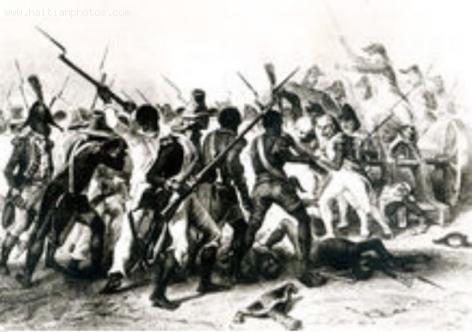
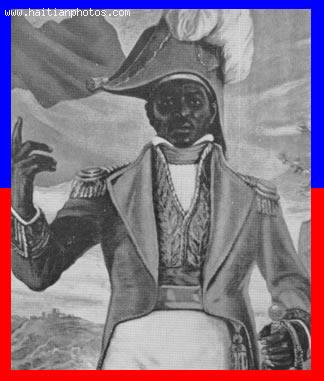
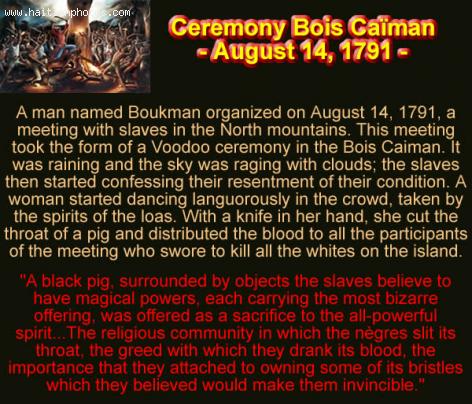
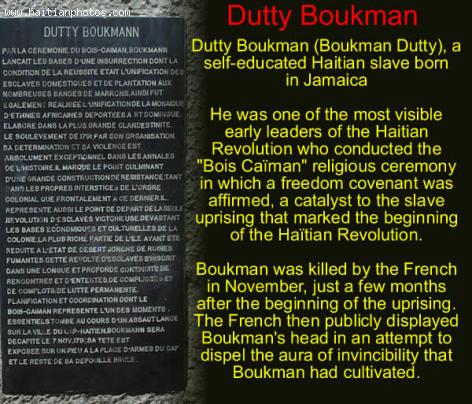
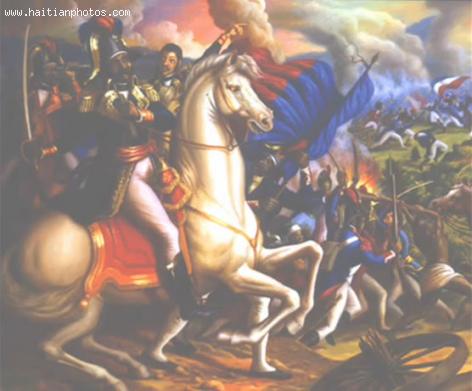
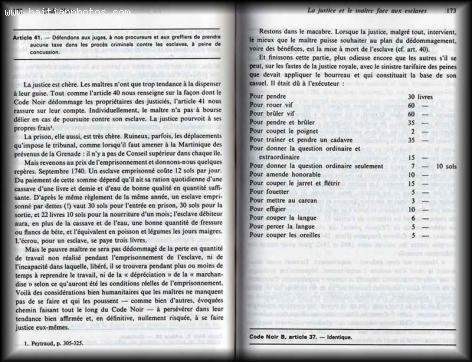
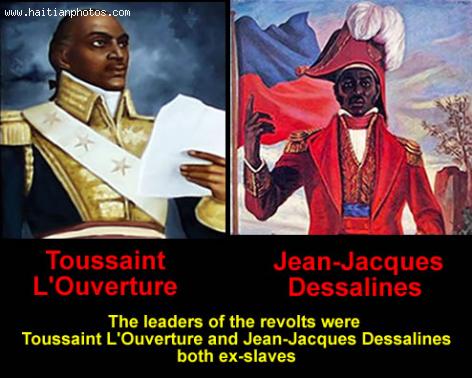
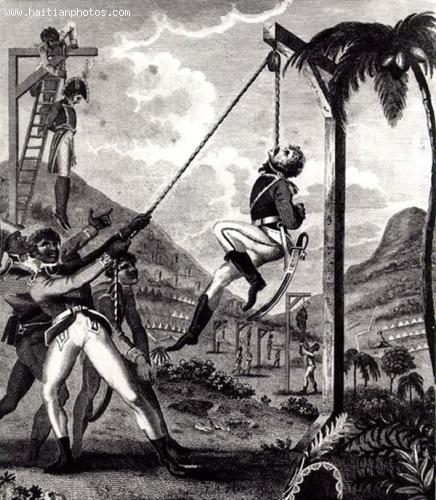
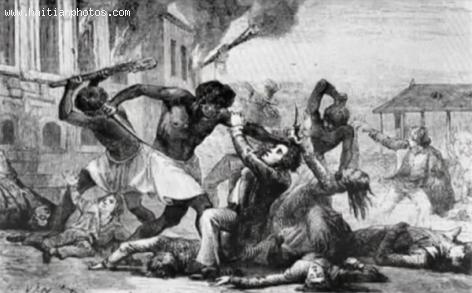
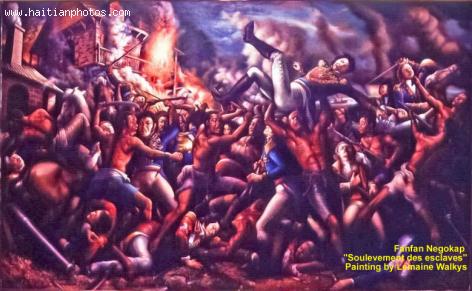
 Grey Pierson visiting Tortuga Island in 1972
Grey Pierson visiting Tortuga Island in 1972  Williams Régala, member of Haiti's National Council of...
Williams Régala, member of Haiti's National Council of...  Jounalis Phares Duverne mouri
Jounalis Phares Duverne mouri  Haitians, the second largest black immigrant group in the US
Haitians, the second largest black immigrant group in the US  Meet Haitian-American professional baseball pitcher Touki...
Meet Haitian-American professional baseball pitcher Touki... 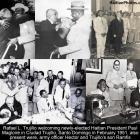 Rafael L. Trujillo welcoming Paul Magloire in Santo Domingo
Rafael L. Trujillo welcoming Paul Magloire in Santo Domingo  Delimart Plaza, Delmas 32, Port-au-Prince, Haiti being looted
Delimart Plaza, Delmas 32, Port-au-Prince, Haiti being looted  Former PNH Chief, Godson Orelus, arrested for illegal arm...
Former PNH Chief, Godson Orelus, arrested for illegal arm... 


